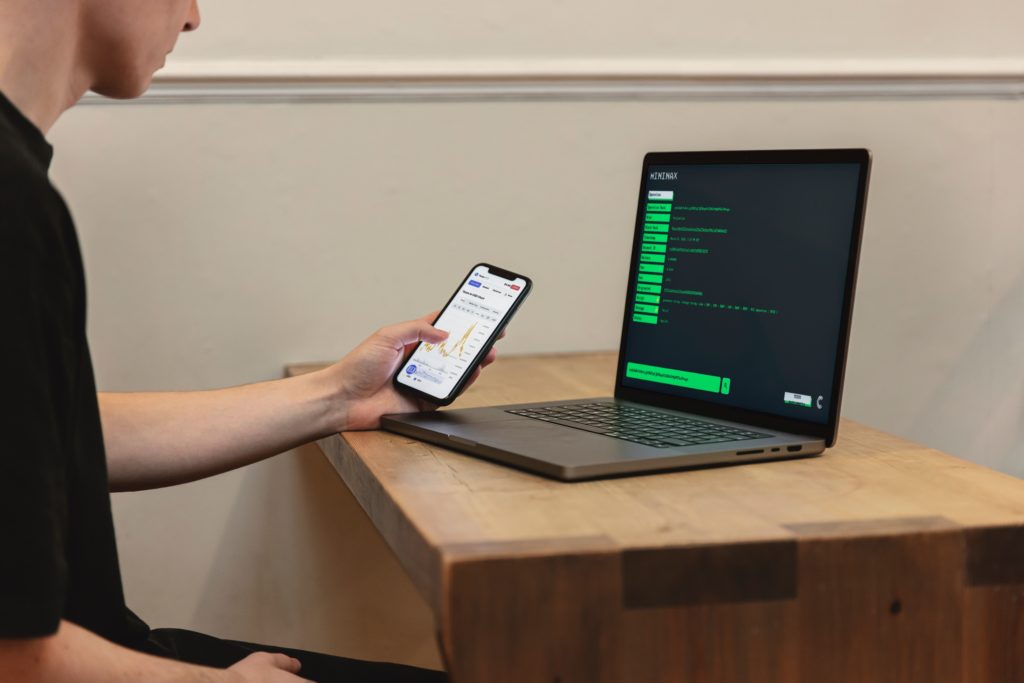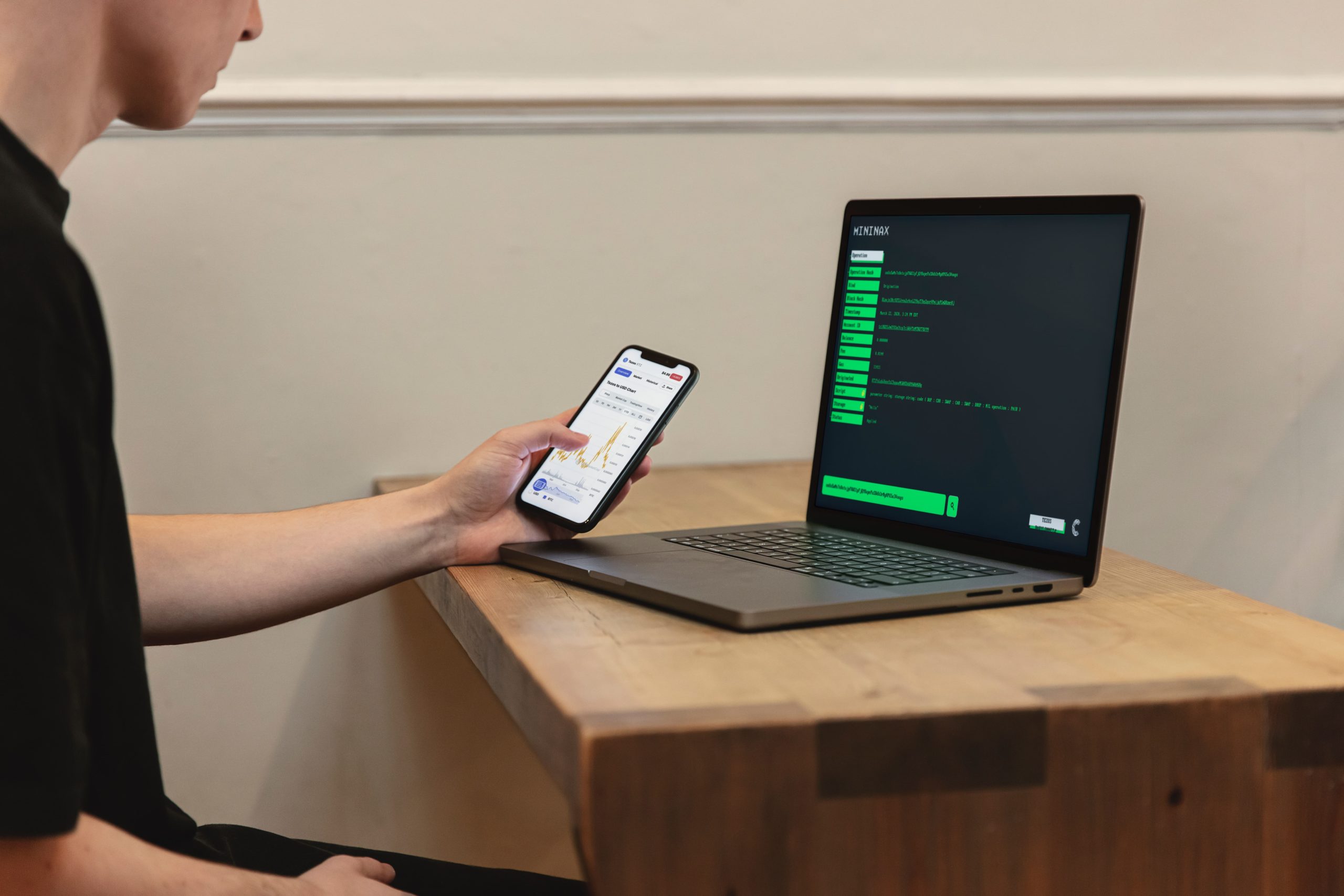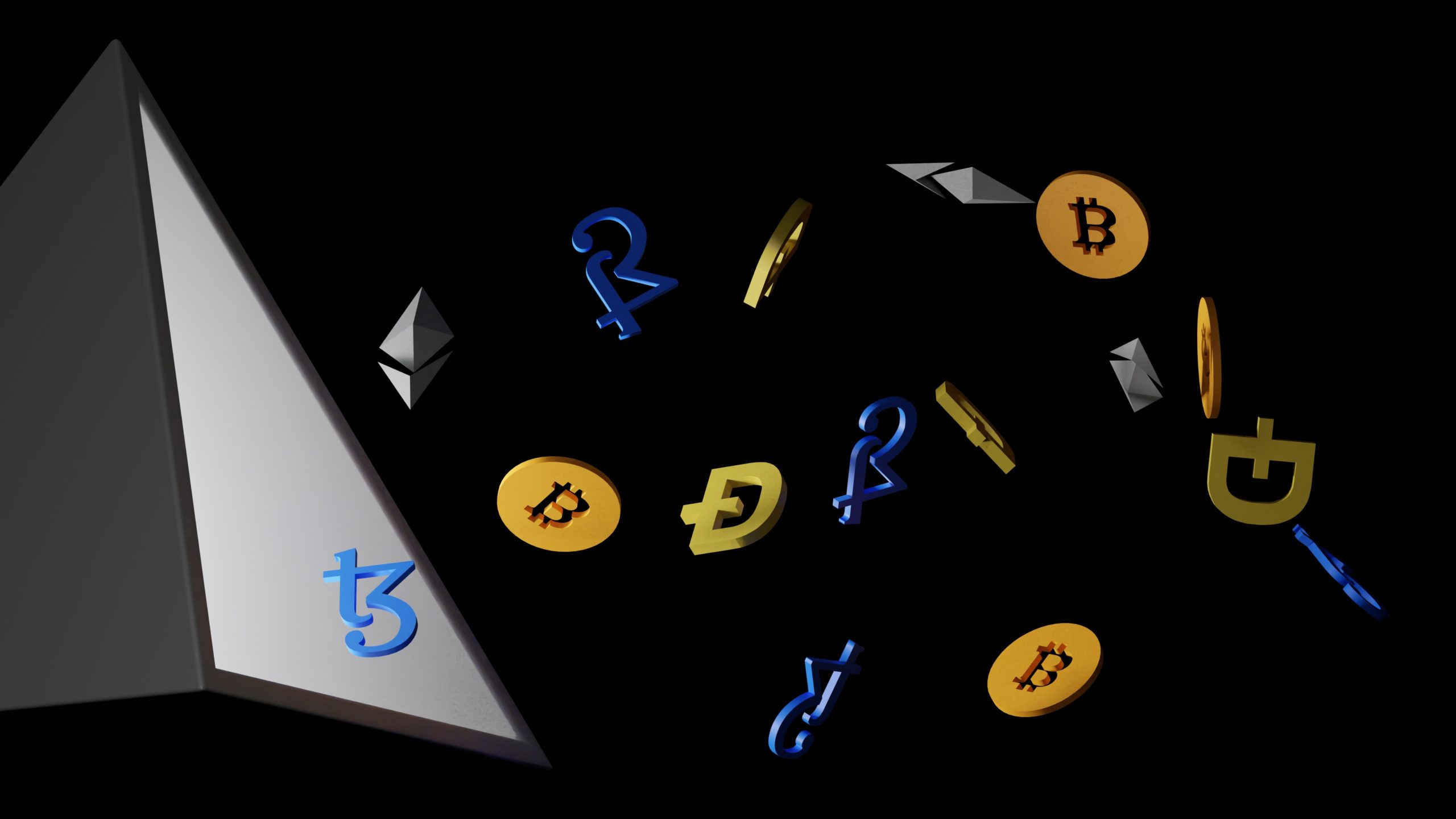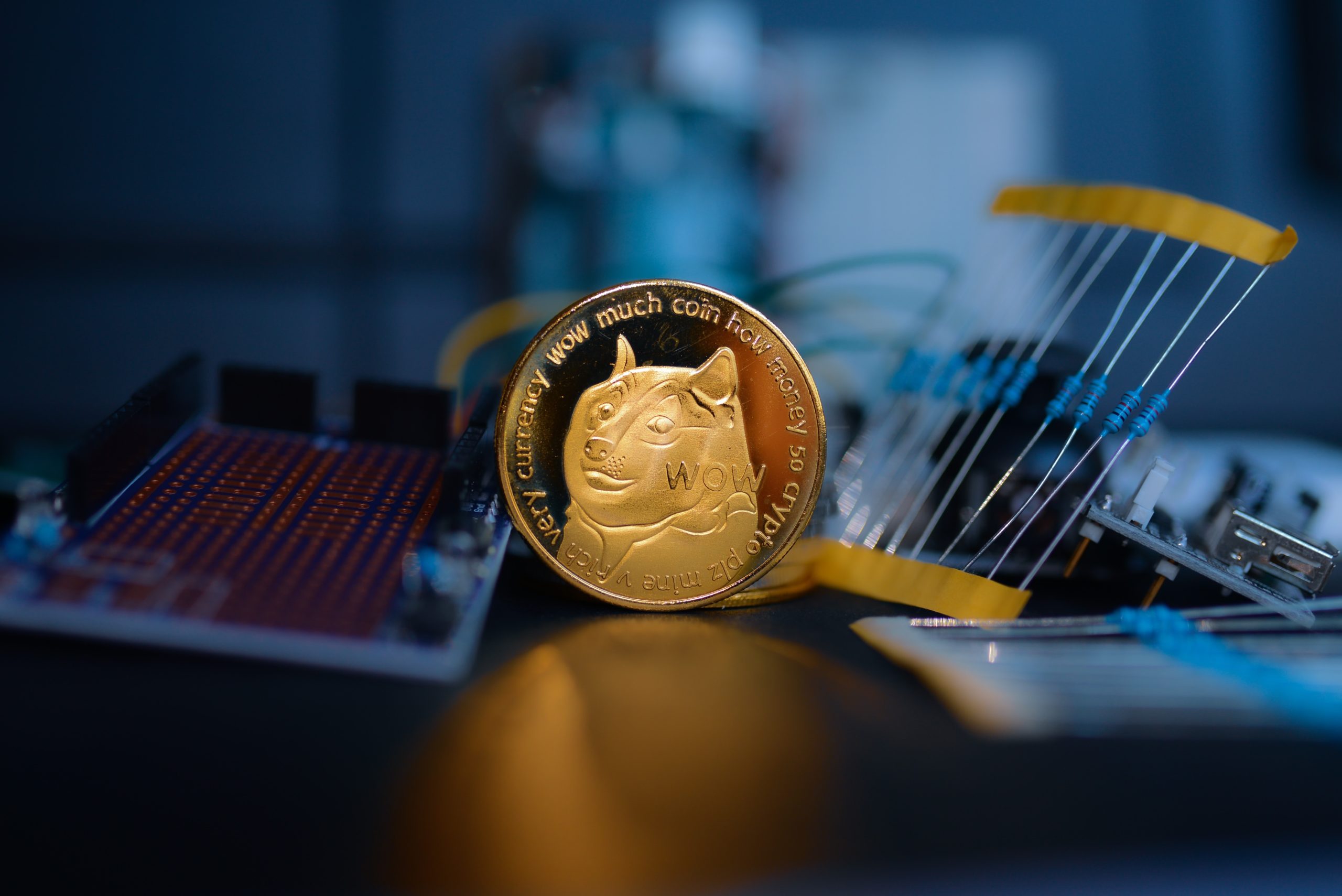A cutting-edge blockchain technology called Tezos offers international trade, smart contracts, decentralized applications (dApps), DeFi projects, NFTS, and the tokenization of assets (e.g., real estate). Its architecture is essentially the same as Ethereum’s, but the key distinction is that Proof-of-stake consensus is used for transaction processing. It was introduced in 2018 after an incredible ICO. In 2017, there was an initial coin offering (ICO) for Tezos. It lasted 13 days and raised $232 million (66,000 Bitcoins and 361,000 Ethers).

Benefits of Tezos
The following are some of its benefits:
More than just a cryptocurrency
It is a platform built on smart contracts that is extremely scalable and is more than just a cryptocurrency. Some investors think It has some significant development potential given that it is not just a cryptocurrency but also an avant-garde blockchain platform.
Impressive on-chain governance
The amazing on-chain governance of Tezos is one of its main benefits. Accordingly, (theoretically) every token holder can vote and suggest modifications, establishing a commonwealth where all users may be heard and doing away with top-down decision-making. It has embedded decision-making into its user network, unlike other cryptocurrencies, so it doesn’t have to depend only on developers and miners. Additionally, because of its democratic structure, updates may be made regularly without requiring extreme hard forks.
Self-amending blockchain
Tezos features automatic upgrading, also known as self-amending, and is very adaptable. Its self-amending nature enables updates to take place without requiring the creation of two distinct blockchains. In other words, the occurrence of hard forks is eliminated as modifications are determined by users. This beneficial characteristic prevents stagnation and facilitates the adoption of changes as they materialize.
Relies on an ingenious baking process
The above-described governance procedure for the special network is known as baking. Baking is the act of signing and publishing blocks to the Tezos blockchain, according to Tezos. Users must stake an 8,000 XTZ roll and submit a security deposit before beginning the multi-stage process of baking. An excellent benefit of investing in XTZ is that baking is not only simple to do but also a terrific method to make money by earning incentives in XTZ.
Utilizes a proof-of-stake method mechanism
The advantages of both regular proof-of-stake and delegated proof-of-stake are combined in Tezos. Bakers who participate in Its proof-of-stake consensus mechanism may produce rewards as well as make network contributions. Delegated proof-of-stake enables less powerful users to participate whereas traditional proof-of-stake requires nodes to lock up their tokens to verify blocks. It enables users with lesser holdings to participate by enabling bakers to accept delegated tokens.
Secure smart contract programming
Smart contracts may be formally verified using the Michelson language, which is used by Tezos. The fact that Michelson can mathematically demonstrate the accuracy of the transaction-controlling code is the most crucial factor. This formal verification, which is often used in mission-critical environments (such as aerospace), may also stop flaws from developing in the system.
Dependable and secure system
It is regarded as a secure project because it uses a language that improves formal verification. It offers resilience against attackers and cryptocurrency fraud and is excellent for high-value use cases in terms of code accuracy.
The drawbacks of Tezos
The following are some of its main disadvantages:
Delays, disputes, and lawsuits after ICO
Numerous disputes and litigation followed the lucrative Tezos ICO in 2017, which is currently seen as a significant disadvantage. In summary, the Tezos Foundation and the Breitmans had a very public falling out when Johann Gevers, the then-president, was asked to use the funds to work on the project. Due to the conflict over the money and the inability of Tezos to distribute XTZ tokens to investors, the SEC was contacted by investors. It was then fined $25 million by the SEC when it was revealed that it had offered unregistered securities.
Not as widespread as it once was
The popularity of Tezos declined as a result of its internal problems. Some investors still see It as a young platform and would rather remain with established players like Ethereum and Bitcoin. Tezos has partially improved its public image, with a peak price of $8.40 in May 2021, but there is still a long way to go before it is widely adopted. Additionally, in terms of market value, it has fallen behind the ever-expanding list of DeFi cryptocurrency initiatives, which has further distanced XTZ from the spotlight.
It is a young ledger
It is very new and lacks commercial backing despite having amazing technology. Even though XTZ is a desirable investment, users who wish to utilize their cryptocurrencies for regular transactions should keep in mind that it is not often used in business transactions. Because the network is continuously expanding, the platform is currently dealing with future transaction costs, speed, and delegation problems.
Transaction fees may fluctuate as the network grows.
There is already a lot of volatility, and it has grown since the 2021 bull run, according to Messari statistics, which show many significant increases in XTZ transaction costs. The fundamental concern is whether it will be able to manage a busier network if it does develop and draw in additional investors. And will the way the network charges its customers change much as it becomes busier?









